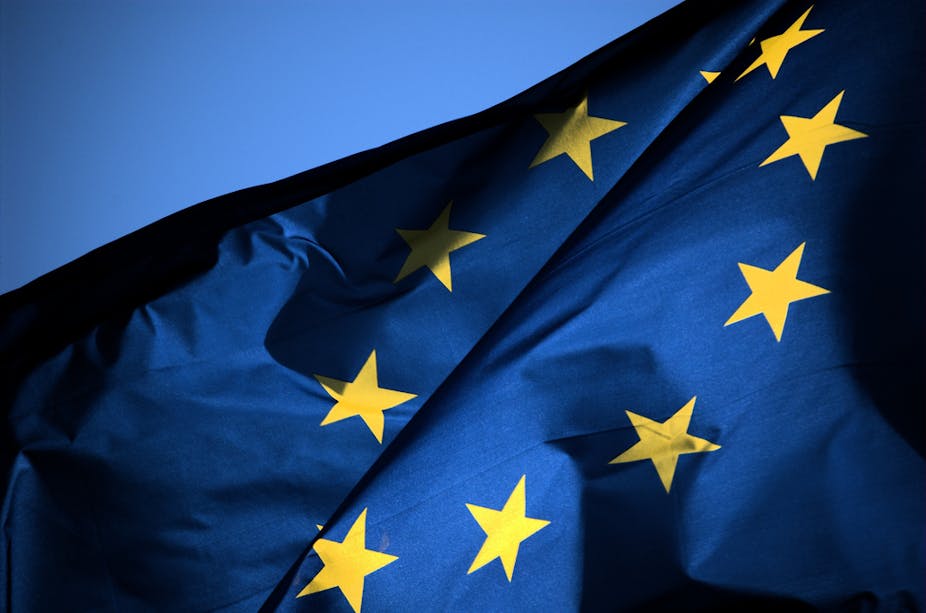The European Union might just have made a historically important statement of intent, aimed at laying the foundations to boost investment in the EU as a driver of full recovery and long-term growth. That’s the theory anyway. Now comes the hard part, and the energy sector may provide the proving ground to test Europe’s resolve.
Purposefully detaching from the idea of a blind-eyed Keynesian stimulus, the EU Council wants to increase efficiency. The idea is to combine a counter-cyclical increase in demand with a permanent supply-side effect on the quality of investment in Europe. In particular, it intends to identify bottlenecks – structural and institutional – and solve them, creating an environment that would encourage public and private investment.
Individual countries are only focused on their domestic interests and may fail to account for the other countries affected by their investment. A multi-country institution like the EU could do better. If this is successfully implemented, it should guarantee more fruitful interconnection within the European area.
Quality not QE
The question is, of course: can we really trust state members to implement these guidelines as hoped? The EU Council statement does mention this, making “institutional quality” a target in itself. Indeed, it is now well known that innovation and growth cannot be accomplished if the quality of institutions is weak and if dodgy public servants are unable or unwilling to identify best practises and entrepreneurs.
One recent study by the European Commission highlighted a positive relationship between government effectiveness and productivity growth. Coming from a country – Italy – which unfortunately scores very poorly on this, I am really eager to see what exact measures will be put in place to achieve this extremely ambitious goal.

Equally ambitious is the council’s bid to “focus on key sectors” such as the “digital economy, energy and transport infrastructure, social infrastructure and the environment”. For sure, success in these areas would pay for itself. For example, genuine advances in the energy sector could reduce many EU members’ dependence on imported oil and gas, which is a huge drag on their economies and makes them vulnerable to these very special markets. How can we forget the dramatic oil-generated stagflation of the 1970s or the skyrocketing oil prices of 2007-2008, which helped grease the cogs of the 2008-2009 financial crisis and ensuing great recession.
The council’s thinking will have been informed by recent tensions in Ukraine and in the Middle East spreading uncertainty in Europe and depressing investors. These tensions are inherent in the very nature of fossil fuel, for the simple reason that oil, gas, coal reserves are localised geographically. The direct or indirect control of these areas has always instigated war tensions and turmoil, which plagued geopolitics for decades. A form of decentralised energy production, solar power for example, avoids such tensions; the energy source would just be everyone’s roof.
Cleaning up
We cannot underestimate the effects that this focus, and a better environment, would have on the EU economies, even excluding the separate value of clear air well established in economics literature: “a halving of air pollution would make the same contribution to a typical citizen’s happiness as a 25% rise in that person’s income”.
The logic might well be right on the value of economic incentives too, because nothing more so than innovation depends on market size. When a new idea is invented, an indefinite number of households and firms can use it, and pay royalties to its patent holder. Therefore, whoever can coordinate a market as large as the European Union also has the power to channel innovation in the preferred direction. Looking at the energy sector again, this means the efficiency of clean energy can hugely improve if the statement of the council is implemented, and what are now dreams can eventually become reality.
But the obvious question arises: will the European governments have the courage to challenge the entrenched interests of the fossil fuel industry, including the trade unions ready to protect the jobs of the polluting sectors? I think the council task force will have to work hard to envisage a way to compensate and pacify the recalcitrant potential losers of this noble battle for better environment and energy sources.
Financing innovative investment has always been difficult, and the EU Council hits the right note by highlighting the importance of setting up a platform supported by the European Investment Bank, but open to other promoting banks. That would reduce investor risk and channel private funds in the directions identified by the Task Force.
This effort should also contemplate selling specific project bonds to global investors, within a reliable institutional framework. That would ensure that this strategic approach to supporting targeted investment in innovation was underpinned by a private financial counterpart, essential for its long-term success. Given the current results of the European Central Bank’s Asset Quality Review there is room for improvement at least in the Eurozone side. This is only one potential obstacle. The EU Council will face many more if its excellent combination of demand and supply policies – which on paper will usefully improve the current investment climate – makes the leap from page to reality.

